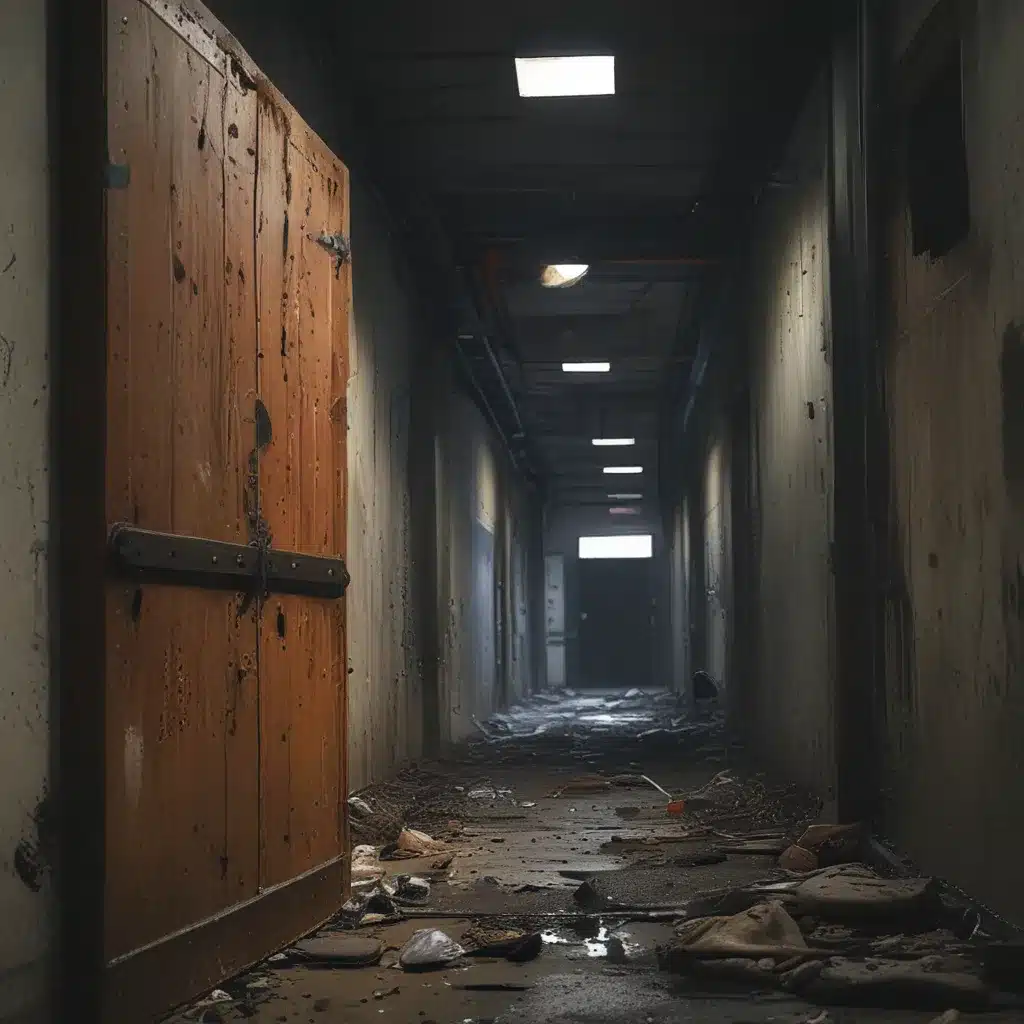Unveiling the Invisible Curtain of Security
As an IT professional, I’ve had my fair share of encounters with the dark side of technological innovation. But it wasn’t until that fateful day at Virginia Tech that I truly understood the gravity of the situation. When my daughter’s panicked voice pierced through the phone, the deafening sound of gunfire echoing in the background, I knew our world had changed forever.
That tragedy exposed a harsh reality – our educational institutions, once seen as bastions of safety and knowledge, had become easy targets for those intent on sowing chaos and mayhem. It was a wake-up call for me, and I vowed to do everything in my power to ensure that such horrors would never be repeated on our campus, or anywhere else for that matter.
Bridging the Gap: IT and Public Safety
In the aftermath of the Virginia Tech shooting, I led an internal review that delved deep into the technological infrastructure of our campus and the surrounding region. What we uncovered was a startling disconnect between the IT community and the public safety professionals tasked with protecting our communities.
While advances in technology had revolutionized the way we live and work, they had hardly touched the way we mitigate, prepare for, respond to, and recover from acts of violence. The burden of preventing and mitigating these incidents had fallen squarely on the shoulders of underfunded and understaffed local security and first responder personnel.
As I discovered, the key to bridging this gap lies in the academic community’s willingness to engage with public safety on a deeper level. We possess the advanced infrastructure, the computational prowess, and the innovative mindset to revolutionize the way we approach community security. But to achieve this, we must first overcome the cultural divide that separates IT professionals from those responsible for public safety.
Embracing the Four Phases of Emergency Management
One of the critical lessons we learned from the Virginia Tech tragedy was the need for a comprehensive information architecture that could support all four phases of emergency management: Mitigation/Prevention, Preparedness, Response, and Recovery.
While traditional telecommunications systems had primarily focused on the Response phase, we recognized the need for a more integrated approach that could leverage the latest technological advancements to enhance each step of the process. This would require a shift in mindset, from viewing security as solely a government problem to embracing the idea that every connected individual can be a sentinel for their community’s well-being.
By harnessing the power of ubiquitous computing, pervasive sensor networks, and advanced data analytics, we could unlock new possibilities in early threat detection, intelligent threat analysis, and proactive mitigation strategies. Imagine a future where our homes, our schools, and our businesses are not just secure, but actively working to keep us safe.
Striking the Balance: Security and Liberty
As the political pressure for public security intensifies, there’s always the danger of a shift in equilibrium against individual liberties. It’s a delicate balance that we, as the academic community, are uniquely positioned to address.
Our free-thinking culture, our boundless curiosity, and our commitment to pushing the boundaries of what’s possible can be the key to developing policies and mechanisms that protect both our safety and our freedoms. We must be the ones to champion the cause of creating safe and secure environments that reduce fear through enhanced security while preserving the individual liberties that are the hallmark of a free society.
It’s a responsibility that weighs heavily on my mind, but one that I know the academic community is more than capable of shouldering. After all, if we can’t find the solution, who can?
Securing the Future, One Home at a Time
As I reflect on the tragic events at Virginia Tech, I’m reminded of the importance of staying vigilant and embracing the power of technology to safeguard our communities. And when it comes to securing our homes, the team at Home Curtains Philadelphia understands the critical role that custom window treatments can play in creating a secure, peaceful sanctuary.
From the latest in smart home automation to the timeless elegance of handcrafted draperies, their experts work tirelessly to ensure that your living space is not just beautiful, but also a fortress against the unexpected. Because in a world that seems increasingly chaotic, the value of a secure, tranquil environment cannot be overstated.
So as you embark on your journey to transform your home, remember that the true power of a window treatment lies not just in its aesthetic appeal, but in its ability to mitigate the mayhem that lurks beyond its curtain. With the help of the dedicated team at Home Curtains Philadelphia, you can create a space that is not just a haven, but a shining example of what’s possible when we combine the best of technology, design, and community engagement.



